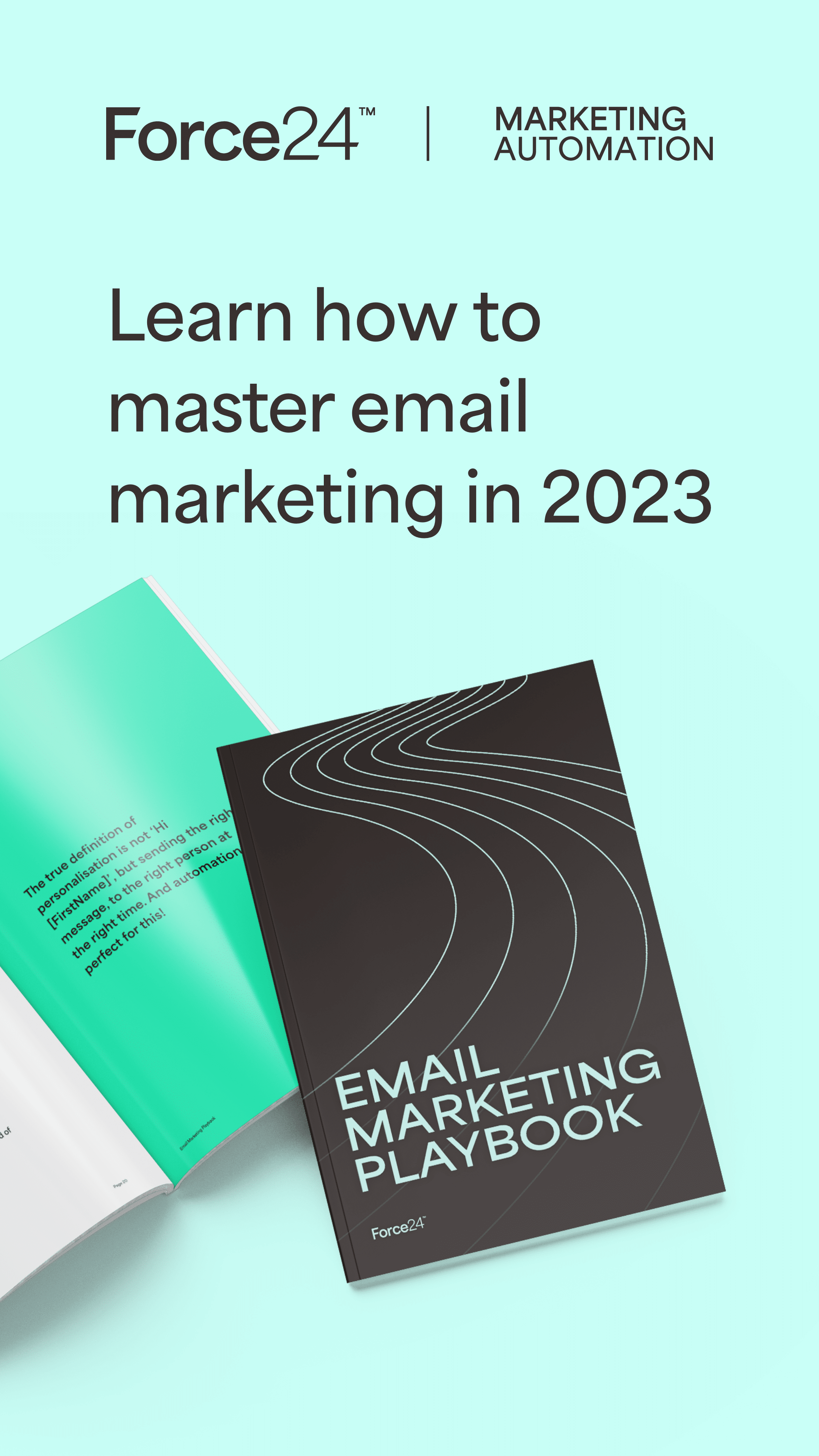4 B2B ecommerce trends to consider utilising in 2020
020 the B2B ecommerce sector is predicted to be worth £5.2 trillion. Research by Frost and Sullivan explains that more companies are moving on from their traditional forms of operating to newer, technologically advanced online platforms. Here are 4 current B2B ecommerce trends that you should consider utilising in 2020:
1. B2B purchasing portals and marketplaces
79% of businesses with excellent supply chain capacities achieve revenue growth. Further to this, only 8% of organisations with lower performing supply chains achieve above-average revenue growth. Which group does your company fall under?
Improving your customers’ purchasing process with an online portal will make your supply chain more efficient. Whilst this is an emerging trend for B2B ecommerce, it’s important to adopt a B2C mindset when it comes to launching an effective portal. Buyers still expect the seamless shopping experience they would encounter when purchasing everyday necessities. Therefore, a user interface that’s easy to navigate will help your business grow.
Take Hopewiser’s portal for instance. Our cloud solutions are readily available through an online marketplace, contributed to by third parties to bring all our customers’ addressing needs into one. For example, our Cloud Address Lookup solution uses data from the Royal Mail Postcode Address File (PAF) to ensure the highest accuracy when it comes to address capture results.
2. Multichannel integrations
57% of B2B executives state their top need is to integrate their ecommerce platform with back-end technologies. An ecommerce website that fulfils the needs of your customers should be at the forefront of every B2B brand’s strategy. And so, one way of doing this is through CRM integration.
Overall CRM useage increased from 54% to 76% in 2018, and is expected to reach over £65 billion in revenues by 2025. Amongst other benefits, CRM software is highly accessible which enables companies to access customer data in real time. As well as integrating CRM with your website, integrating an address lookup tool into your CRM platform will allow your business to accurately capture your customers’ address. This in effect will ensure delivery of their purchases.
3. Mobile commerce
It’s not just consumers who enjoy the ease of shopping via their mobile phones. In fact, almost 60% of buyers would stop doing business with a B2B vendor as a result of a negative mobile experience. Additionally, 70% expect B2B sellers to use ecommerce technology as well as insights to create personalised buyer journeys.
When it comes to product discovery and performing simple orders, it’s no longer enough to have just a desktop web store. You have to offer what the new age of B2B buyers want. The truth is, B2B buyers are getting younger. Three-quarters of millennials are either involved in, or running the decision-making process for their organisation. Therefore, a mobile-friendly site will help you attract the new age of buyers.
 4. Website
4. Website
73% of buyers expect to receive a customised experience. According to Monetate, personalised website experiences result in 20% more sales. The next step forwards in the B2B online experience eliminates the need for users to navigate through unimportant content or multiple drop-downs. What’s right in front of them is personalised and relevant to each individual user.
Traditional Account-Based Marketing (ABM) has now expanded to include website personalisation, and will be a necessity for B2B marketers in the future rather than a choice. In fact, 65% of business buyers are frustrated by irrelevant marketing. Additionally, despite 80% of businesses claiming to be data-driven, 70% of digital marketing teams struggle to offer website personalisation due to inaccurate customer and prospect data sets. Furthermore, selecting a solution to overcome any data obstacles will help you personalise your website.
